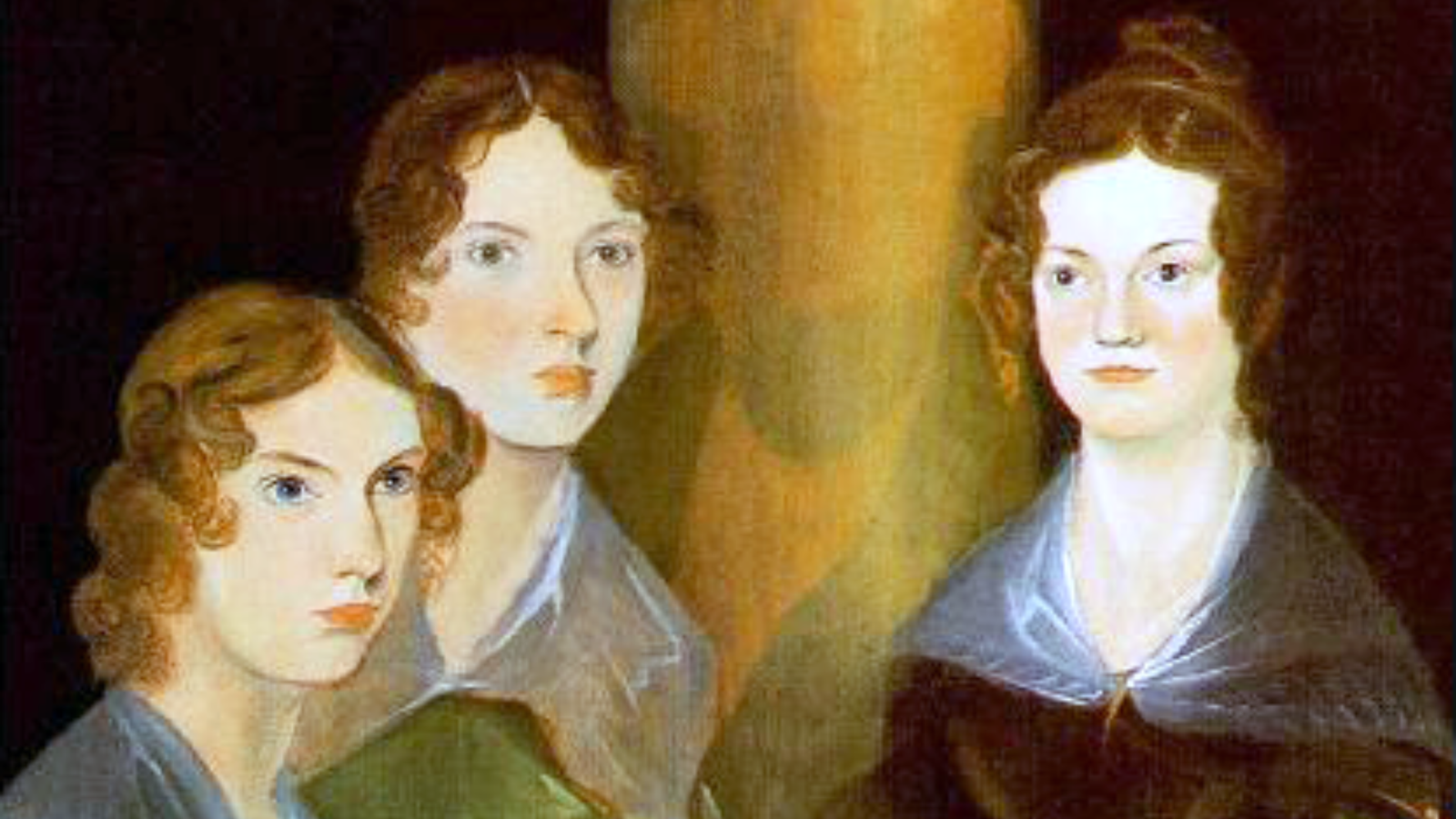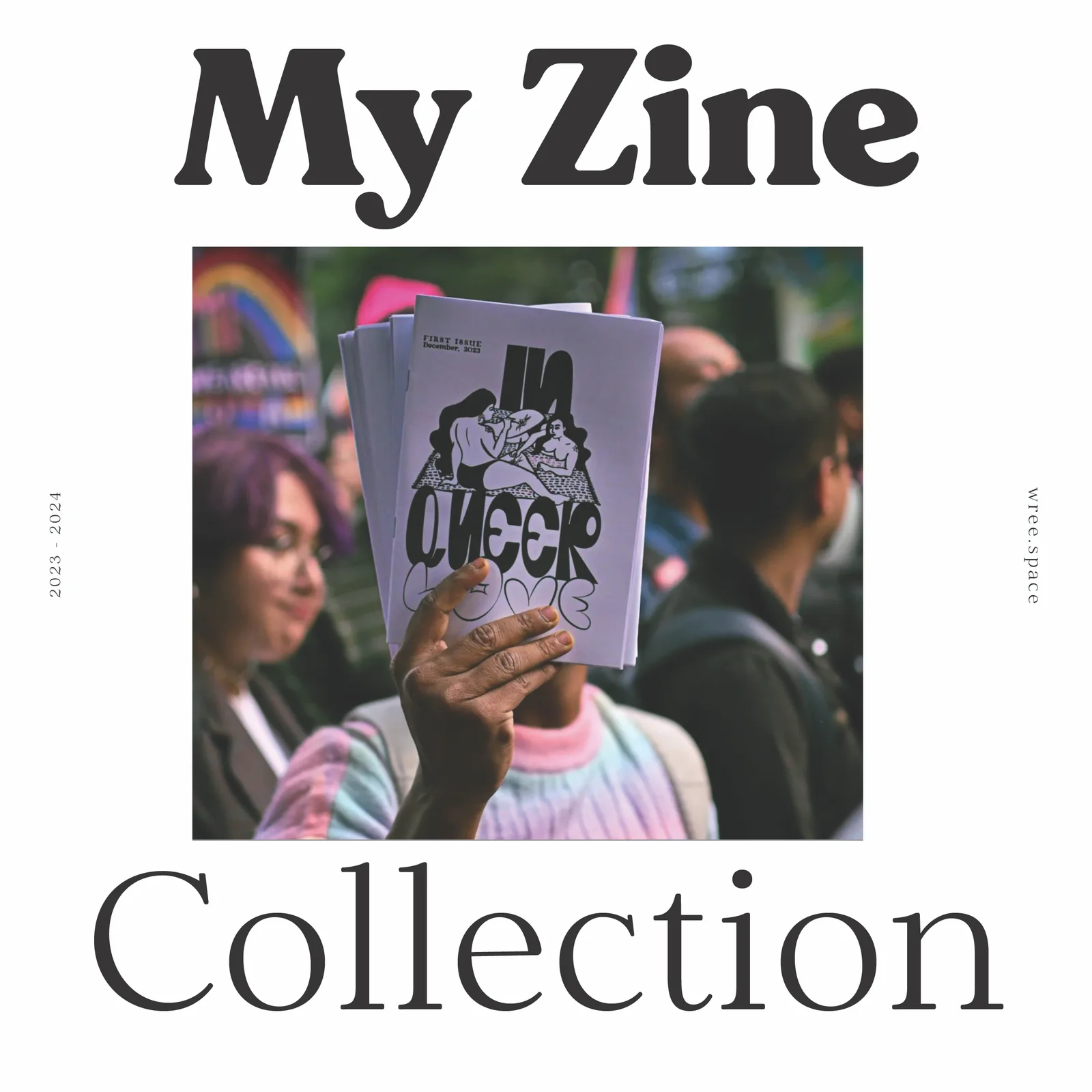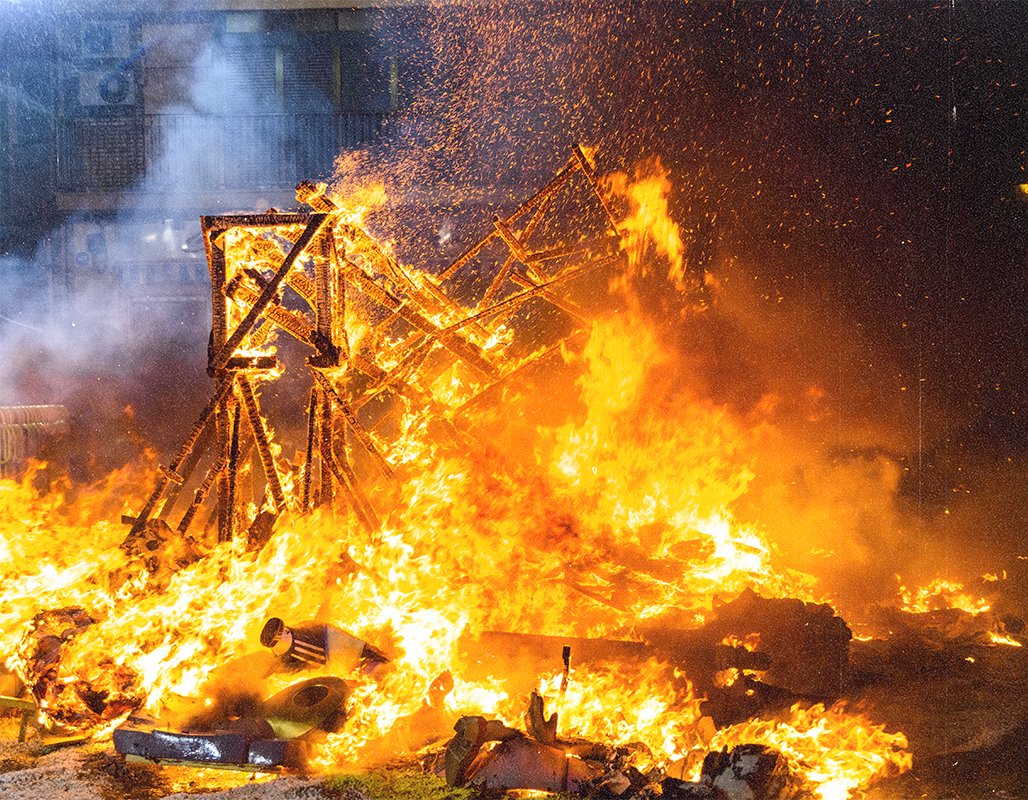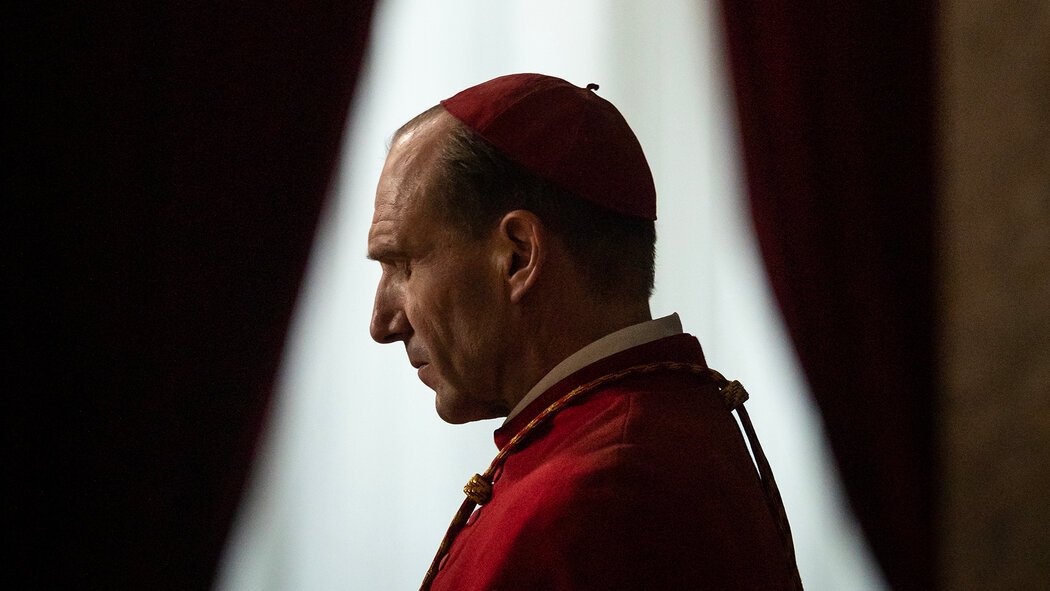No products in the cart.

The Brontë Sisters and the Complexities of Gender in the 19th Century
The Brontë sisters – Charlotte, Emily, and Anne – have long been celebrated for their groundbreaking literary works that challenged the social norms of their time. While their novels are often praised for their proto-feminist themes, a closer examination reveals a more nuanced exploration of gender identity and expression in the 19th century.
The Brontë sisters’ use of ambiguous or androgynous pen names, the complex gender portrayals in their characters, and their critiques of patriarchal institutions all point to a deep engagement with the complexities of gender during the Victorian era. Their works offer a fascinating window into the ways in which women writers navigated the rigid gender roles of their time, and how they used their art to push the boundaries of what was considered acceptable for the “fairer sex.”
By giving voice to these marginalized perspectives, the Brontë sisters challenged the gender norms of their time and paved the way for future generations of writers to explore the nuances of identity and power. Their enduring legacy continues to inspire scholars and readers alike to grapple with the complexities of gender in the 19th century and beyond.
Gender Ambiguity and Androgynous Pen Names
One of the most striking aspects of the Brontë sisters’ writing is their use of ambiguous or androgynous pen names. Charlotte, Emily, and Anne all published their early works under the gender-neutral names Currer, Ellis, and Acton Bell, respectively. This decision was likely motivated by the prejudices of the time against female authors, but it also allowed the sisters to explore gender in their narratives in more complex ways.

image via DeviantArt
Their characters often exhibit a blend of traditionally “masculine” and “feminine” traits, defying the rigid gender roles of Victorian society. For example, Emily Brontë’s Catherine Earnshaw in Wuthering Heights is depicted as fiercely independent and emotionally intense – qualities that were not typically associated with 19th-century womanhood. Similarly, Charlotte Brontë’s Jane Eyre is a strong-willed protagonist who challenges the notion of the passive, submissive female.
Challenging Patriarchal Institutions
Beyond their exploration of gender identity, the Brontë sisters also used their writing to critique the patriarchal structures that dominated 19th-century society. Their novels often depict women struggling against the constraints of marriage, inheritance laws, and other male-dominated institutions that limit their autonomy and self-expression.

image via IMDb
In works like The Tenant of Wildfell Hall, Anne Brontë directly confronts the issue of domestic abuse and a woman’s right to leave an abusive marriage. Similarly, Emily Brontë’s Wuthering Heights presents a scathing indictment of the ways in which men could wield power over women through property ownership and social status.
By giving voice to these marginalized perspectives, the Brontë sisters challenged the gender norms of their time and paved the way for future generations of writers to explore the complexities of identity and power.
Their enduring legacy continues to inspire scholars and readers alike to grapple with the nuances of gender in the 19th century and beyond.








POST COMMENT